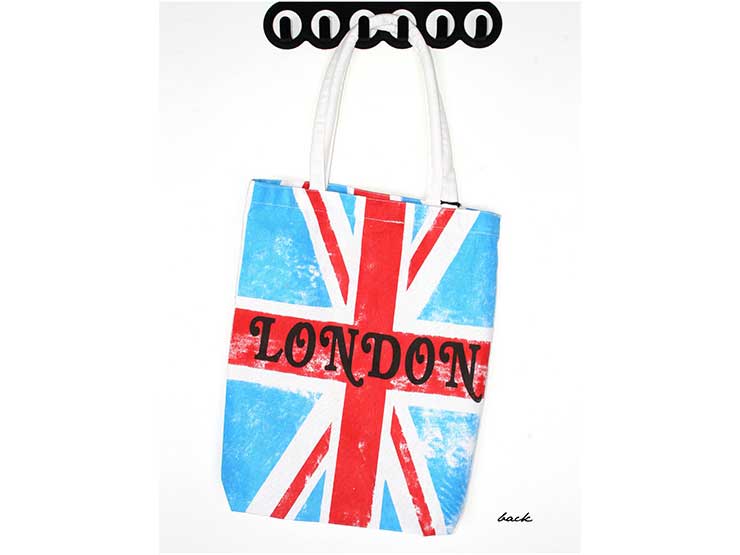In around a decade, UK consumers have significantly changed their shopping habits and now buy almost half of all electrical goods online, according to a new report from research company Mintel.
More importantly, the study also revealed that, for the first time ever, internet shoppers will spend more on appliances than fashion by the end of 2015. The research showed that 48% of all electrical and electronic goods sales in 2015 are expected to be made online – up from 38% in 2013. This will account for a 29% share of total online sales in 2015.

According to Mintel, sales of electrical and electronic products will rise by 18 %to £12.6bn – up from £10.7bn in 2014, while sales of clothing and footwear are set to grow by 14% to £12.4bn – £190 million behind sales of electricals and electronics. This means that, as a result, sales of appliances are expected to lift above online fashion sales for the first time.
Online only sales to lead
Mintel also estimated that internet retail sales made by companies without stores will overtake online sales by store-based retailers for the first time by the end of 2015.
Online retail sales are estimated to hit £43.3 million in 2015, making up 12.7% of all retail sales.
By 2020, total annual online sales are expected to rise by 64 per cent to £71.2 billion, with these sales expected to make up 18 per cent of total retail sales.
Said Richard Perks, director of retail research at Mintel: “Online is best at selling goods which are bought on specification or where a wide range is demanded – so books, music and electronics. Stores are best for goods where seeing the product is more important or where customers are going to need help in making their choice.
“One of the great strengths of a store based retailer is that it makes the selection for the customer. Online retailers generally leave the selection to the customer who can then be confronted with a huge choice.”
Today, over half (53%) of online shoppers say they would like to be able to order goods online and pay for them in-store, while 48 per cent say they use click-and-collect services to avoid paying delivery charges.
Despite this demand for the support of a store network, Mintel’s forecast suggests that by 2020, store-based retailers will account for 48% of all online sales, down from 5% in 2014.
Perks said, “For online pureplays, the challenge will be to provide the levels of service that store-based retailers are able to offer.
“We are starting to see some of them open physical outlets but this is likely to increase their costs and further erode the price difference between in-store and online. It could also play into the hands of store-based retailers which already have the multichannel experience to effectively edit an online range for displaying in-store.
“For store based retailers, the distinction between selling online and in-store is becoming increasingly academic, as shoppers use them interchangeably. The key for retailers in the future will be to offer as good a service as possible through whichever channel customers want to use at the time.”
“To improve a retailer’s omni-channel experience, high street stores need to be more than a showroom for electrical products. Retailers should aim to reflect online branding, and enhance this with the benefit of product demonstrations from trained brand ambassadors, offering an intimate, personalised brand experience that can’t be matched through ecommerce alone.”

